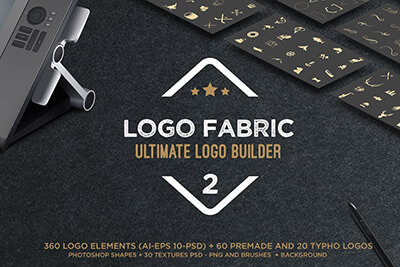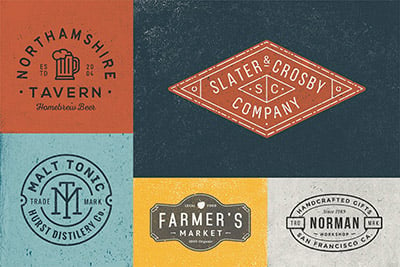3 Tips for Developing a Unique Logo Design
Every business or website needs one – a logo. A logo is how users and customers will identify your website or brand. And a good logo is identifiable, readable and leaves a lasting impression with users.
Your logo is how people see you across different mediums, from online to social media to printed materials. So how do you develop this key piece of branding if you don’t already have one? (Or how do you rethink the one you have but don’t like?) Here are three tips to help you get started!
7,000+ Logo Templates, Designs and Logo Builders With Unlimited Downloads
Download thousands of beautiful logo templates, logo designs, and anything you need to build your brand with an Envato Elements membership. It starts at $16 per month, and gives you unlimited access to a growing library of over 2,000,000 design assets, graphics, themes, photos, and more.
1. Pick a Typeface You Love (And That’s Easy to Read)
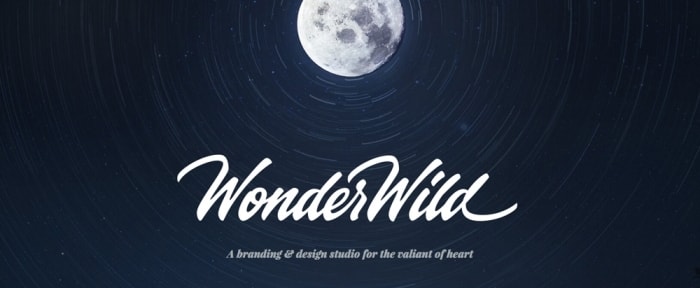
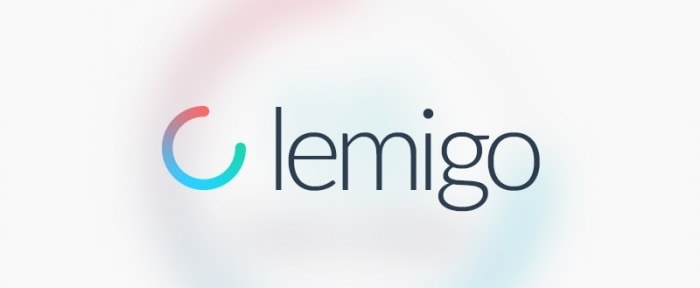
To create a unique logo design that you love and will want to use, start with a typeface that you really like. While this might sound pretty easy, selecting the right type can take some time.
As a rule of thumb, you want to pick something that’s easy to read at a glance. As you are looking at options, actually type in the letters you will use in the logo. Sometimes a typeface will really appeal to you until you see how specific combinations of letters look and then you might cool on it. You need a typeface that you love with the letters you will use!
The typeface will set an initial tone for the logo. Is it formal or light? Bold or subdued?
And think about how the letters will be used. Will lettering be secondary to an icon, graphic or image? Or will the typeface be used to create more of a logotype? This can help you pick a typeface as well.
Note the use of “typeface,” not typefaces here. Most logos only need one typeface. Occasionally, a logo design will use two; any more than that and you are asking for a disorganized jumble.
When it comes to actually selecting a typeface try something different. There are enough logos using Helvetica already. Try to pick something that’s not one of the most used typefaces around and then own it. Use varying weights and styles. Look for interesting ways to link letters.
Make sure to tweak the typeface as needed. Don’t get caught in the trap of just typing your brand name using a certain font and calling it done. Adjust kerning and spacing. Play with combinations that have more visual interest than just a word on the screen.
2. Add Personality with Color
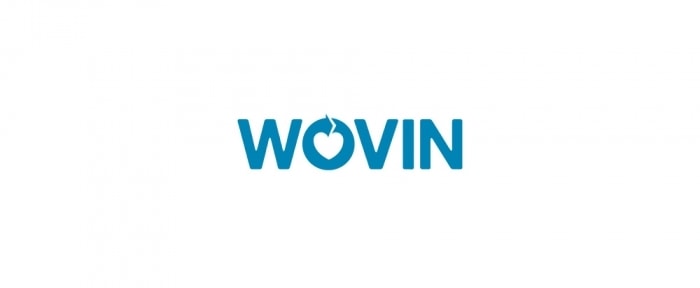
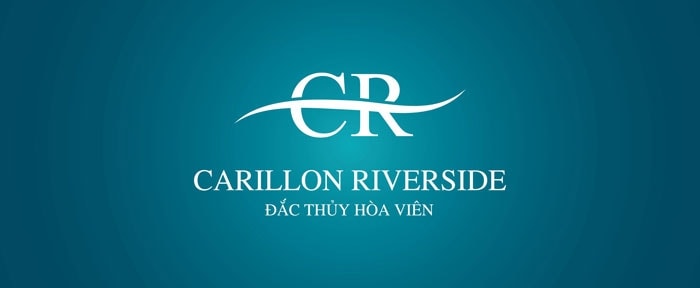
One of the most important aspects of a logo design is color. The hues you choose can say a lot about your company or website. (And then there are trends to consider – do you like modern and stylish or more classic color options?)
Unless you are working with a logo for a startup or as part of a complete rebranding, chances are that you won’t get a lot of flexibility when it comes to the color palette. There will be an existing set of colors that will be part of the logo design. If you are in this situation, consider asking if a secondary palette can be used (if the colors are tough to work with) or if a less colorful option can work. Black or white logos can be quite striking and work against almost any type of background.
Color should be part of your overall logo identity. Just as with typefaces, try to limit color choices so that the overall design isn’t overwhelming. And remember to design the logo to work without color as well. Even if the primary logo is quite colorful, there will be times when you need a black and white version; it needs to work both ways.
When planning a logo color palette, go back to basic design theory for the design:
- Use the color wheel. The easiest color palette combinations are often complementary (two colors opposite on the color wheel), analogous (three colors side-by-side-by-side) or triadic (three colors, one from each third of the wheel).
- Pick a primary color and use other intense hues for accents.
- Consider how color impacts mood and emotion.
- Think about trends and how long you plan to use a color. If you pick an unusual color, make the most of that selection and own it in branding and design materials.
3. Consider Imagery or Iconography

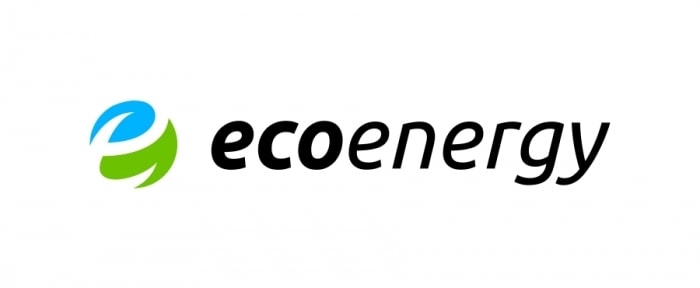
An iconic bit of imagery can make all the difference when it comes to creating a unique logo. Think about brands such as Apple, Nike and Amazon. Each logo is simple and contains a simple iconic image to carry the logo.
Once you find your perfect divot, give it time. These logos don’t become recognizable overnight. It comes with patience and consistency.
When it comes to exactly what that image is, simple is often better. Flatter styles are more trendy that elaborate drawings and common elements can add an element of flair, such as the smile underlining Amazon’s logo.
In the early years of building your logo, it is recommended to include both the image or icon and a name in text. Only if the brand gains a following should you drop the name from the image. (It took Nike years to start using the Swoosh on its own.)
Once you settle on a graphic image, get plenty of opinions. Ask questions. Does it go with the concept of the brand? Is it identifiable? Then flip it and look at it from all angles – this is particularly important with swashes and made up icons. You want to make sure it looks OK from every angle and can’t be misconstrued as something that it is not. (You don’t want to end up with an icon that people will associate with the wrong thing or looks unintentionally semi-pornographic. Yes, it happens more than you might think!)
Finally, you want to make sure the icon doesn’t resemble another similar brand. Design plagiarism can be a real problem. Don’t let it happen to you.
Conclusion
There are some logo brainstorming steps you might want to think about as well before you start the design process. These include gathering information about logo needs, sketching out potential designs and talking through ideas.
What makes an effective and unique logo can be a little different for every company or brand. The trick is finding a combination of elements that works for you and that you can see yourself using for a long time. A logo is a vital piece of your brand identity; take plenty of time to design a brand mark that is just what you need.
